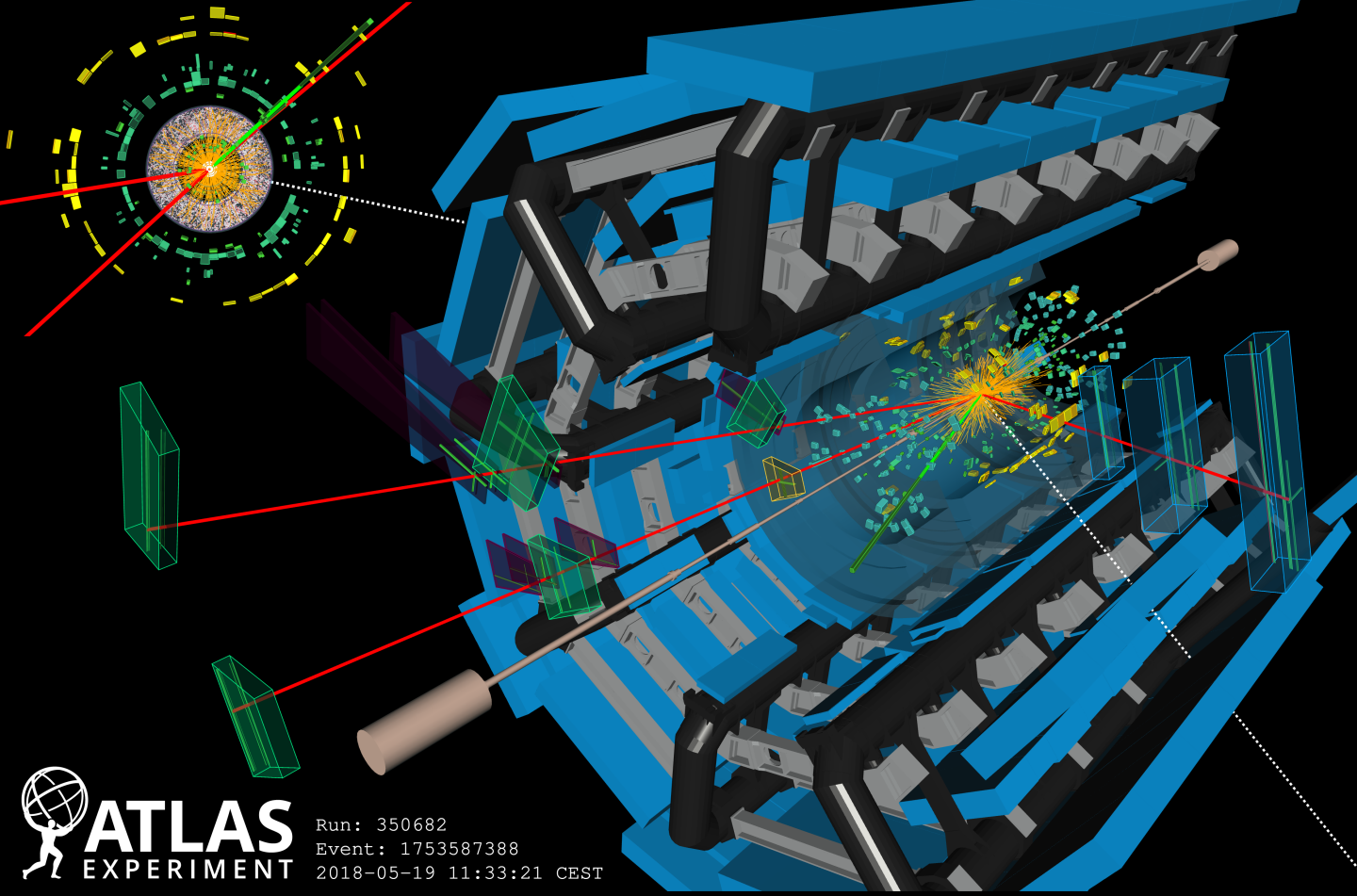
As the carriers of the weak force, the W and Z bosons are central to the Standard Model of particle physics. Though discovered four decades ago, the W and Z bosons continue to provide physicists with new avenues for exploration. In a new study, the ATLAS collaboration analysed its full data set from the second run of the Large Hadron Collider (recorded from 2015 to 2018) in search of a rare process in which a Z boson is produced alongside two other weak-force carriers, or vector (V) bosons, as the W and Z are known.
"The production of three vector bosons is a very rare process at the LHC," says Fabio Cerutti, ATLAS Physics Coordinator. "Its measurement provides information on the interactions among multiple bosons, which are linked to underlying symmetries of the Standard Model. This is a powerful tool for uncovering new physics phenomena, such as new, undiscovered particles that are too heavy to be directly produced at the LHC."
The ATLAS team observed "VVZ" production with a statistical significance of 6.4 standard deviations, surpassing the five standard deviation threshold needed to claim observation. This process has only 1 in 100 000 000 000 chances of occurring and is hard to isolate from those that mimic its signatures. The observation extends previous results from the ATLAS and CMS collaborations, including the observation of VVV production by CMS and the observation of WWW production by ATLAS.
As some of the heaviest known particles, the W and Z bosons can decay in a myriad of different ways. In the new ATLAS study, physicists focused on seven "decay channels" with the highest discovery potential. These channels were further refined using a machine-learning technique called boosted decision trees, with algorithms trained for each channel to identify the sought-after signal. The successful observation showcases the meticulous work of the analysis team, especially given the complexity of the decay combinations.
By combining the decay channels, ATLAS researchers were able to observe VVZ production and set limits on contributions from new-physics phenomena to the signal. The resulting limits confirm the validity of the Standard Model and are in line with previous results on the production of three vector bosons.
As researchers analyse larger data sets from the LHC's third run and the upcoming HL-LHC, they will further refine their measurements of the production of three vector bosons - deepening our understanding of these fundamental particles and their role in the Universe.






